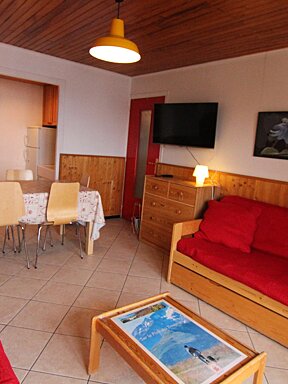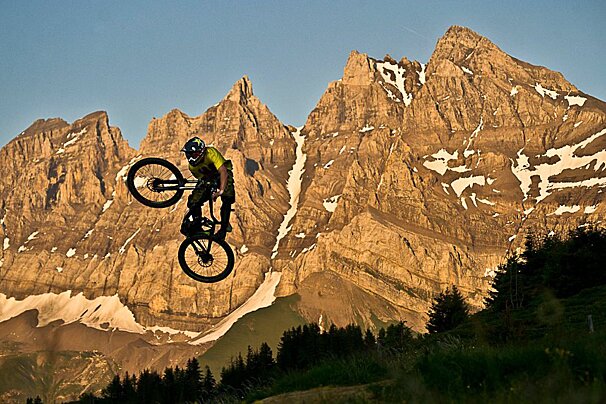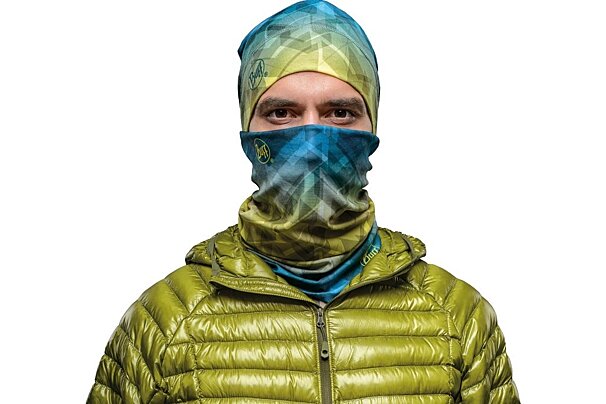




Alpe d'Huez Activity Review: 29th July 2009
Living in the mountains, it’s easy to become complacent about the beauty that surrounds you on a day to day basis. The Southern Alps is a region filled with glaciers and the retreat of these ancient masses has carved some incredible and rugged features into our landscape. Such features are best seen from on high and we’re lucky enough to have some of France’s highest roads on our doorstep. So today, The Boyfriend and I hit the road, taking a tour of the ‘local’ Cols which took us between 700m and 2645m above sea level and over around 300km of roads. It’s been quite a day!
Col, directly translated from French means ‘pass’ and you’ll often see road signs showing which Cols are open or closed. These should be strictly adhered to, as the closure of a Col is usually due to snow or avalanche debris blocking the road. Failure to heed the sign could mean you’ll have to turn back further down the road and could be very dangerous. But by midsummer, most of the Cols are open and it’s a great way to see some of the local area that’s inaccessible in winter.
Today we left Alpe d’Huez and took the single lane Rue du Salvation – which itself is often closed during heavy snow – to Villard Reculas. From there we climbed past the Vaujany dam and up towards the first Col of the day, the Col du Glandon (1924m).
At Glandon there’s a great view of Mont Blanc, with four stone columns guiding tourists who are keen to catch a glimpse of Europe’s highest peak. From here it’s just a few minutes’ drive to Col number two... Col de la Croix de Fer (Pass of the Iron Cross).
Situated at 2067m above sea level, the Col de la Croix de Fer boarders the ski area of Maurienne which covers 24 small, local resorts with hundreds of kilometres of piste. It’s a great area to stretch your legs and we set-off across the grass-covered pistes in search of some lines to ride this winter. From there it was back into the car in search of the infamous Col du Galibier, via the Col du Telegraphe which is pretty low at 1556m.
The Col du Galibier was the highest point of the Tour de France and stretches from the edge of Valloire to just outside La Grave. It’s rarely open in the spring and autumn and a new tunnel makes it possible to miss out the highest, narrowest point of the pass. The route is popular with cyclists and daytrippers, making it a slow haul to the viewing station at 2645m. However, the 360° views are truly stunning and the landscape is just awesome.
The various types of soil and rock at this height have meant that the retreating glaciers carved sharp peaks, interspersed with unstable scree slopes and rolling meadows. The top of the Col is sandy and moon-like, with pale rock providing stability to the roads and a great back-drop for some surreal photos.
Continuing along the route, you soon cross out of Savoie and back into the Provence Alpes region. The road takes you down some pretty sketchy hairpin bends and onto the Col du Lautaret, at 2085m. There’s a beautiful alpine garden here, that’s open to the public and a four-star hotel.
The road from here back to Les Deux Alpes is pretty gentle, passing through La Grave. Heading up to Alpe d’Huez we took the scenic route via Mizoen and Clavans rather than Bourg d’Oisans. Again, the road is single lane for most of the way, but it’s a beautiful, pastoral route through grassy fields and along the river that comes from the Cascade du Ferrand.
Driving the mountain roads here isn’t for the faint-hearted, but it’s certainly a great way to spend the day. Most drivers at this time of year are tourists, so the average speed is around 40-50km/hour and should feel reasonably safe. One final tip: make sure to pack a picnic, as the prices at the Col restaurants can be extortionate and we saw a few nasty cases of sunburn, so pack your SPF 30 too.
































